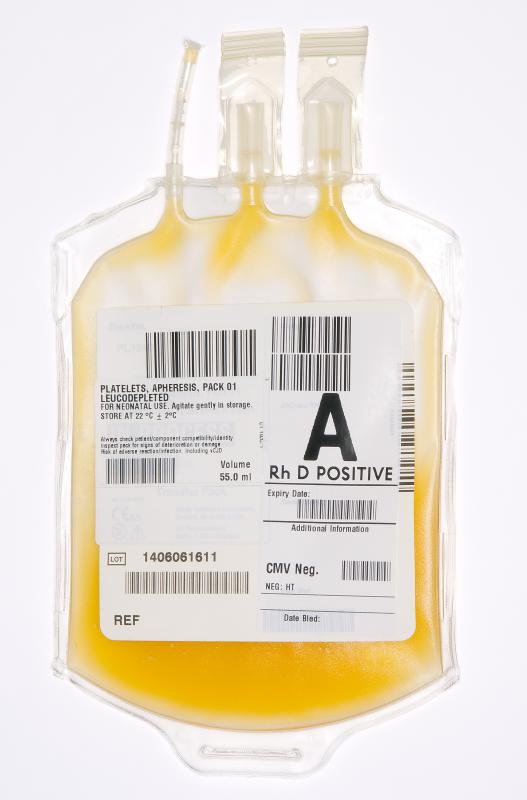At WiseGEEK, we're committed to delivering accurate, trustworthy information. Our expert-authored content is rigorously fact-checked and sourced from credible authorities. Discover how we uphold the highest standards in providing you with reliable knowledge.
What Are the Different Types of Plasmapheresis?
Plasmapheresis is a process of removing plasma from an individual's blood with a needle or implanted catheter, then returning the plasma to the body after it has been treated by removing specific antibodies. Different procedures might be used to separate plasma from the blood cells, including plasma filtration, continuous flow centrifugation, and discontinuous flow centrifugation. This treatment is sometimes employed with autoimmune disorders. Plasmapheresis is similar to a procedure known as plasma exchange, in which the plasma is discarded after separation and a replacement fluid such as an albumin-saline solution is returned to the body.
Plasma exchange and traditional plasmapheresis are both extracorporeal therapies, medical treatments that occur outside of the human body. In the traditional process of plasmapheresis, the patient receives his or her own plasma back into the body after it has been cleaned of certain components. Blood cells are separated from plasma with a cell separator that uses a fine membrane or a high-speed centrifugal device to filter out plasma. After being separated from the plasma, the blood cells are returned immediately to the body.

Plasma can be separated from the blood cells by one of three methods. Plasma filtration uses hemodialysis equipment in a continuous process, minimizing the amount of blood outside the body at any given time during the procedure. Continuous flow centrifugation also continuously processes plasma outside of the body by means of dual catheter lines. In discontinuous flow centrifugation, only one catheter is used, requiring a larger amount of blood cells to be external at one time.

Plasmapheresis or plasma exchange can be used as a secondary therapy to treat some kinds of autoimmune conditions. These disorders include Guillain-Barré syndrome, myasthenia gravis, lupus, and thrombotic thrombocytopenic purpura. In these cases, plasmapheresis can be done in conjunction with other medical therapies such as the suppression of antibodies by steroid medications.
This procedure is often done as an outpatient. The individual being treated will lie on a bed or reclining chair for the treatment, which can take several hours. Generally, an anticoagulant medication is given intravenously during the procedure to prevent blood clotting. An average of six to ten treatments per cycle are needed to treat autoimmune disorders.
It is believed that plasmapheresis was first used as a treatment for autoimmune disorders in 1959 by a physician in Los Angeles. The procedure is now primarily used in Europe as well as occasionally in the United States and other countries. Risks of this treatment can include seizures, irregular heartbeat, serious allergic reactions, or infection.
AS FEATURED ON:
AS FEATURED ON:












Discuss this Article
Post your comments